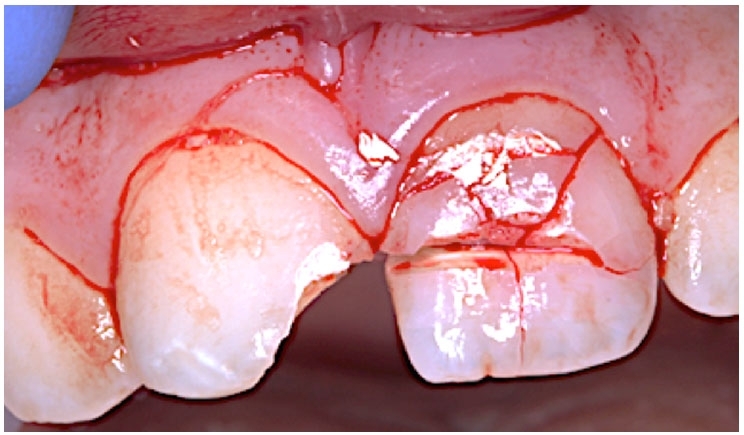
Many dental practices shy away from seeing patients who have been in an accident. These practices are afraid of dealing with a medical claim. Or, they worry that the claim won’t be accepted or paid. As a result, these practices are missing out on potential revenue and client-loyalty opportunities.
Recently, I presented a webinar for NEA Powered by Vyne as part of its ongoing educational sessions, focusing on what practices should do when a patient has been in an accident and what steps they should take to ensure they are paid.
What Are Accidental Dental Services?
Accidental dental services are medically necessary services to restore a natural tooth to the most closely approximate pre-accident form and function. The damage must be the result of an accidental injury to a sound and healthy, natural tooth struck from outside the mouth.
When the patient contacts your office initially, ask questions and take detailed notes. What you uncover in this phone call will help the result.Here’s what to ask:
- When did the accident happen?
- Where did the accident happen? This determines what type of insurance you’ll be dealing with.
- Did you go to the hospital?
- Did you go to your doctor?
- Have you been to another dentist?
- Are there any existing records?
Types of Accidents
There are four types of accidents, based on where they occur: at work, at home, at school, and in a car.
Worker’s compensation is typically one of the easiest types of coverage to deal with as long as you follow procedure. The patient’s employer has a limited window to report the accident to its insurer, typically about 10 days. You must obtain the name and number of the accident carrier along with a specific worker’s compensation number. Verify the accident with the employer and have the patient bring a typed copy of all the details to their appointment.
If your patient is hurt at home, or at someone else’s home, it may not necessarily go through medical insurance first. It may go through homeowners insurance, which pays well, but it will increase the insurance rate for the insured party. The patient is not obligated to use homeowners insurance and may elect to use medical insurance.
Many schools and sports teams carry a policy that will cover accidents. If they don’t, the claim will go through medical. If they do carry an accident policy, you will still have to go through medical first, then dental, and then through the sports team or school, which allows more time for treatment.
Before you schedule a patient from a car accident, make sure you have the patient’s medical insurance information and find out who the responsible party is and whether it’s the same as the dental insurance provider. Not knowing can delay or cause problems for claim approval and payment.
Contacting Insurance Providers
This part can take some time. Put on your investigative hat and ask questions to help you understand the exact protocol for submitting claims and billing. Make sure to keep detailed records of who you spoke to and their phone numbers, along with all claim information, including:
- Who am I billing?
- Are the required services covered?
- Is there a filing limitation to when work must be completed?
- Do you need a pre-authorization? Ask every time, as this can change daily.
- Can I bill on a dental claim? For most accidents, you will be able to bill on a dental claim.
Follow-up is critical, and sometimes you must be persistent to get paid.
Final Recommendations
First, gather all insurance information before you move forward with treatment.
Next, bill dental codes if you can. If you must, you can enter medical codes on your dental claim form and bill it that way.
Finally, a pre-authorization is highly recommended. When you submit a pre-authorization, you may submit your dental codes and the information you have. In the future, Medicaid and medical insurance might not allow the use of D-codes.
The Final Payoff
In addition to being paid on accident claims, you may end up gaining lifelong customers. By being willing to do some additional legwork to see patients who have been in an accident and providing excellent care, they may stick around—and bring many referrals with them.
Register to listen to the webinar recording for additional insights, including resources to assist with medical cross-coding. Check out the upcoming NEA webinars for more educational opportunities, featuring thought leaders from across the industry.
Ms. Huff has been in the dental field for more than 25 years and has held many positions in the industry. Today, as the Dental Insurance Coach, she lectures nationally on understanding dental insurances and still works in a dental practice, which helps her keep her finger on the pulse on what managers struggle with today. NEA Powered by Vyne and its FastAttach HITRUST CSF Certified electronic claim attachment solution lead the dental industry in delivering operational efficiency, financial performance, and compliance for providers and payers.
Related Articles
Traumatic Dental Injuries: Emergency Assessment and Treatment
Adherence to Guidelines After Dental Trauma Ensures Positive Outcomes
Emergency Treatment Yields New Patients and Boosts Production











